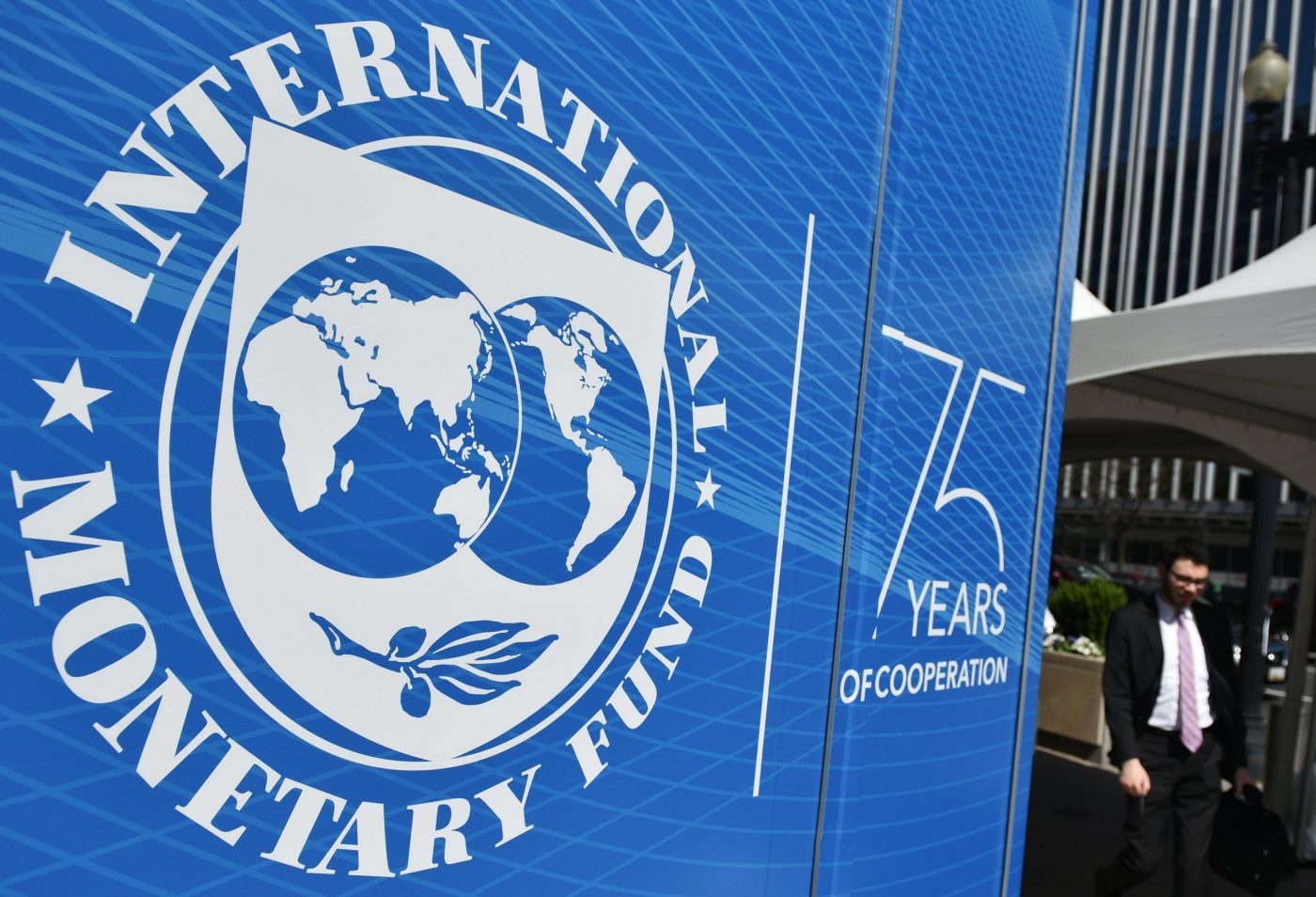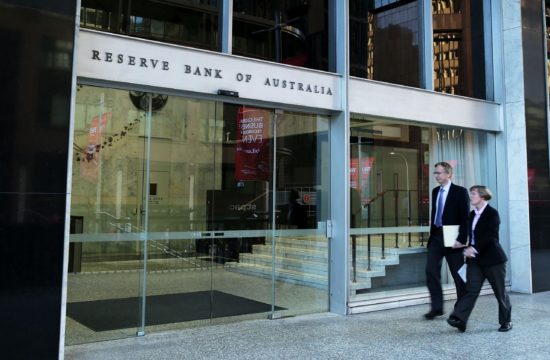The role and mandates of central banks have become broader and more complex since the 2008 global financial crisis. The unconventional nature and growing scale of interventions (as seen again during the COVID-19 pandemic) have brought on much higher scrutiny. More transparency and accountability are required to maintain public support, safeguard independence, and enhance policy effectiveness.
The IMF has developed a Central Bank Transparency Code to help member countries answer these demands and increase trust and support. It aims to facilitate more effective communication between central banks and their various stakeholders, reducing uncertainty and contributing to better policy choices.
More transparency and accountability are required to maintain public support to central banks, safeguard independence and enhance policy effectiveness.
Accountability and effectiveness
Central banks have been engaging in a growing list of activities. More of them have taken over supervision and other financial stability functions, for example. Transparency is an instrument to facilitate accountability, allowing the public to better understand how these actions serve their best interest and are consistent with existing mandates, with the ultimate goal of increasing effectiveness. The increasing responsibilities and significant expansion of balance sheets have led to a stronger demand for central banks to better explain what they do, how, and why. This is especially important as their independence has come under scrutiny in many countries. In central bank parlance, transparency and accountability become the collateral guarantee of independence.
The new code is part of the IMF’s broader focus on issues of accountability and governance.
A voluntary code, it allows central banks to measure transparency in five key areas or “pillars:” governance, policies, operations, outcomes, and official relations. Under each pillar, the code provides a list of best practices from “core” to “expanded” to “comprehensive” for key functions such as monetary or macroprudential policy.

This range of practices takes into account the immense diversity of the IMF’s 189 members central banks in terms of legal frameworks, governance arrangements, and levels of economic and financial development. Each central bank and its stakeholders can determine if transparency is balanced in practice and within each country’s specific circumstances. Importantly, it is designed not to be a ranking tool and steers clear of expressing preferences or making recommendations about mandate, institutional setups, or governance procedures.
The code acknowledges that transparency is not an absolute goal or an end in itself. Central banks have legitimate reasons for delaying or withholding publication of market sensitive data, financial stability considerations, and personal data. Confidentiality is particularly relevant for foreign exchange interventions, reserve management, supervisory decisions on individual institutions, and emergency liquidity assistance. The code contains appropriate qualifications and outlines the general principle that central banks should develop clear policies explaining and justifying what is kept confidential.
Dialogue with stakeholders
The preparation of the transparency code involved extensive consultations with central banks, monetary unions, and international financial institutions and standard-setting bodies. In particular, it received extensive input from 73 central banks representing diverse regional and economic development backgrounds. An advisory panel formed by eminent academics and former governors provided additional perspective and practical experience.
One concern was for the code to be applicable for all countries and different central banks, regardless of their income level, exchange rate regime, or geographical location. The code was conceived so that assessments can be done in full or with a subset of principles and practices best applicable to specific circumstances. IMF staff can assist with the evaluations, which can also be used as a diagnostic tool for designing targeted capacity development programs. To help with implementation, several pilot assessments will be conducted over the coming years.
Flexibility and attention to individual circumstances were commended by member countries’ representatives in the IMF Executive Board. On approving the code in mid-July, they said in a statement that it is a “timely and useful tool for central banks to guide their transparency practices and strengthen accountability, ensuring more effective policy outcomes and better-informed dialogue with stakeholders.”
Developed with and for central banks, the IMF transparency code will help them to continue playing their crucial roles in a manner that maintains and strengthens support from their stakeholders and society at large. As central banks are once again called to step up their actions, it is critical to continue building trust and credibility with the citizens they ultimately serve.














